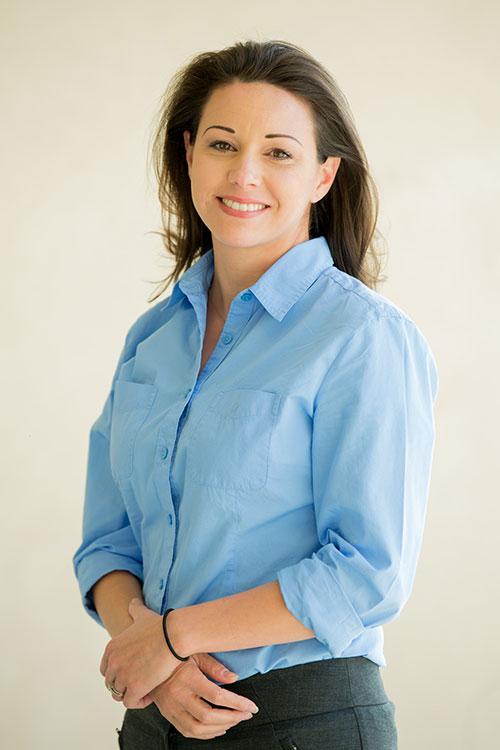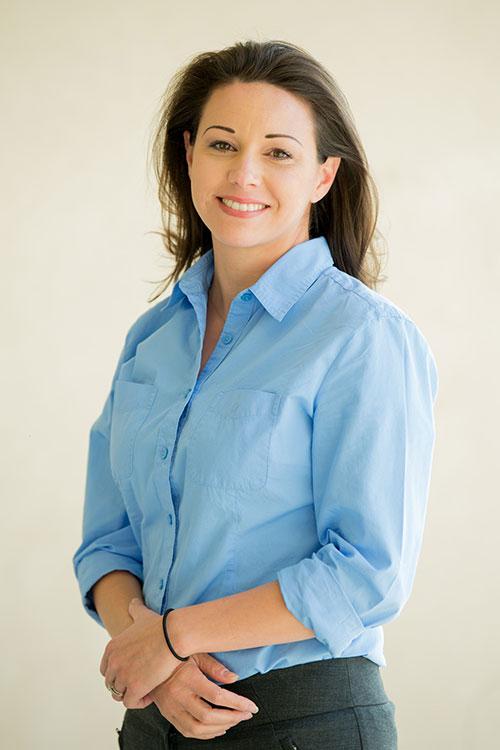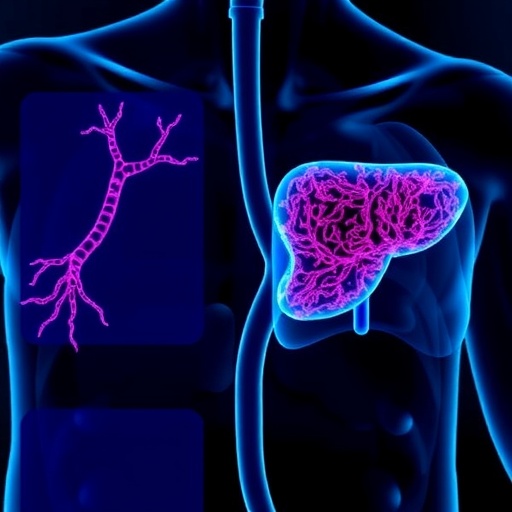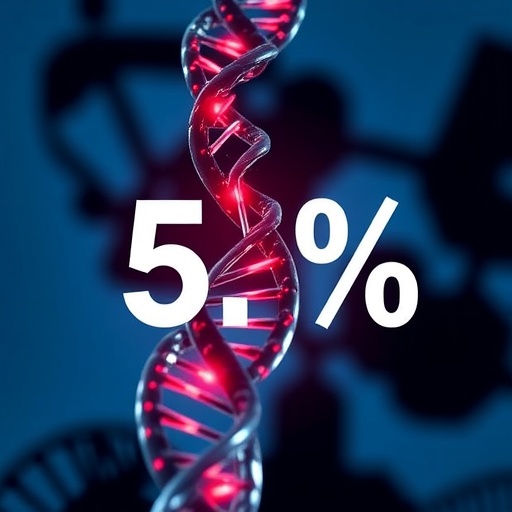
Credit: Chris Richards
Rhabdomyosarcoma (RMS) is a rare cancer of the skeletal muscle that primarily affects pediatric patients. After diagnosis, about 3 out of 4 patients are cured with standard treatment. Survival rates drop to 17 percent if the disease comes back (recurs) and to 30 percent if it spreads (metastasizes).
"RMS has among the worst survival statistics for any solid pediatric tumor," said Justina McEvoy, PhD, assistant professor of molecular and cellular biology at the University of Arizona, and member of the UA Cancer Center and the UA BIO5 Institute. "There is an urgent need to improve therapies for these kids."
In response, scientists are eager to identify "precision" drugs that can target tumors directly. The most comprehensive assessment of RMS drug targets recently was published in Cancer Cell. Dr. McEvoy, who was a first author, joined the study when she was a postdoctoral fellow at St. Jude Children's Research Hospital in Memphis, Tenn., and continued to contribute after joining the UA in 2014.
Dr. McEvoy describes a target as a key protein that a drug can attack.
"A target is a protein that instructs the cell to be cancerous. If we could shut that protein down, we could reverse or stop that process," she said. "Rhabdomyosarcomas have very few druggable mutations, which makes developing treatments difficult."
To find drug targets, scientists focus on genetic "signaling pathways," which is a system to relay instructions from one end of the cell to the other to direct growth and division.
"Think of it as a phone tree, where a parent starts calling other parents, and those parents call other parents, and finally they execute a plan," Dr. McEvoy said. "A signaling pathway ultimately turns on all the machinery needed for the cell to divide."
Dr. McEvoy and her team sifted through a large genetic and protein database collected for rhabdomyosarcoma to identify pathways containing potential drug targets. They focused on a gene called WEE1, which codes for a protein kinase that regulates cell division and is particularly active in rhabdomyosarcoma. In lab experiments pitting drug candidates against RMS tumor cells, the team found one drug in particular, adavosertib, was especially potent against tumors expressing WEE1, particularly when combined with the chemotherapy drug irinotecan.
"When we combined irinotecan, the current therapy for RMS, with adavosertib, most of the tumors either had a complete or partial response, or stable disease," Dr. McEvoy reported. "It was pretty effective compared to the standard treatment alone."
Before adavosertib can be used in RMS patients, scientists must gather more evidence for its effectiveness. Dr. McEvoy's former team at St. Jude is pushing that research forward. The team's work also offers a jumping-off point for many additional paths in RMS research. At the UA Cancer Center, Dr. McEvoy is using the same datasets to branch off into her own research niche, focusing on molecules called "non-coding RNAs."
"Non-coding RNAs are emerging as key regulators in tumor formation," Dr. McEvoy said. "The work is challenging because nothing is really known about them in rhabdomyosarcoma, but it's also exciting because it opens a new window of opportunity."
The genetic code is a tangle of molecules that can be unwound to reveal the score for the symphony of life, each gene signifying a protein, or a note. But many genes don't make proteins, resulting in a symphony with long periods of silence between movements. It turns out, however, that rather than playing notes, these genes might be conducting the orchestra, directing cells to play some notes at full blast while muting others.
Figuring out how non-coding RNAs function is a relatively new endeavor, and Dr. McEvoy is excited to learn more about how these mysterious sections of the human genome guide the growth of RMS cells, perhaps by activating some genes and deactivating others. Her lab is uncovering how one of the major mutations driving RMS is regulated by non-coding RNAs.
"When we deactivate the non-coding RNA, we can shut off the expression of that mutant gene, and cancer cells in a culture dish die. It's pretty drastic," Dr. McEvoy said. "Now we're trying to understand what other genes and proteins might be regulated by these non-coding RNAs. Our goal is to find already-existing therapies to shut down those pathways."
Dr. McEvoy knows that science is a marathon, not a sprint, and is motivated by her belief that the hard work ultimately will pay off.
"When I see the pieces coming together, when we can see the potential for therapeutic advancement — it is really rewarding," she said.
###
The research was funded in part by grants (CA21765, EY014867, EY018599, CA168875, AG047928) from the National Institutes of Health. The content is solely the responsibility of the author and does not necessarily represent the official views of the NIH. Additional funding was provided by Alex's Lemonade Stand Foundation for Childhood Cancer; the Tully Family Foundation; the Peterson Foundation; the St. Baldrick's Foundation Invictus Fund; the National Pediatric Cancer Foundation; the National Comprehensive Cancer Network; the Howard Hughes Medical Institute; and ALSAC, the fundraising and awareness organization of St. Jude.
About the University of Arizona Cancer Center
The University of Arizona Cancer Center is the only National Cancer Institute-designated Comprehensive Cancer Center with headquarters in Arizona. The UA Cancer Center is supported by NCI Cancer Center Support Grant No. CA023074. With primary locations at the University of Arizona in Tucson and at Dignity Health St. Joseph's Hospital and Medical Center in Phoenix, the UA Cancer Center has more than a dozen research and education offices throughout the state, with more than 300 physicians and scientists working together to prevent and cure cancer. For more information: uacc.arizona.edu.
Media Contact
Anna C. Christensen
[email protected]
520-626-6401
http://uahs.arizona.edu/





